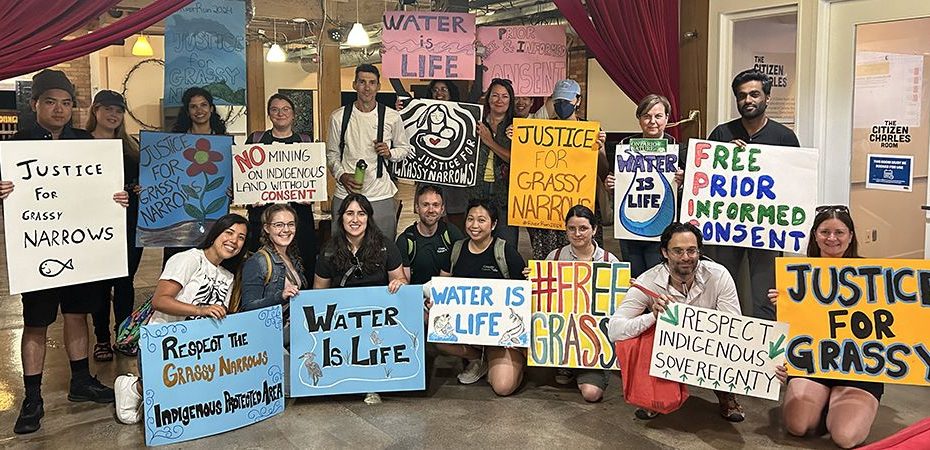As Canada commits to transitioning away from fossil fuels on the path to achieving net-zero carbon emissions, each province has opted for their own strategies in the name of “green energy”. Ontario’s wealth of so-called critical minerals, which are used in the production of technologies like electric cars, has been touted as the herald of economic prosperity by the provincial government. However, Indigenous communities and environmental watchdogs have criticized the free-entry system that allows prospectors and speculators to stake claims on those minerals.
The free-entry system allows any individual or company, whether they are based in Canada or not, to secure mining claim rights online at a low cost. The interface for staking claims on the Mining Lands Administration System (MLAS) also fails to provide prospectors with relevant context on their areas of interest, such as conservation initiatives from local advocacy groups or ENGOs. Furthermore, registering claims can be done without meaningful consultation with affected Indigenous communities. Once a claim has been registered, the claim holder obtains the right to enter, occupy and use the claim area with minimal regulation for prospecting activities.
Grassy Narrows River Run 2024, Ontario Nature staff © Melina Damian
Other provinces, such as British Columbia and Quebec, have historically had similar free-entry mining systems. Indigenous communities have challenged these approaches by asserting that free-entry systems are an infringement on Indigenous rights and undermine free, prior, and informed consent for activities affecting lands on their territories. In British Columbia, the province’s Supreme Court deemed the system unlawful in 2023.
Ontario has faced plenty of criticism for its approach, including from the Chiefs of Ontario, a group that represents 133 First Nations communities, calling for a one-year moratorium on mining claims. These calls were shut down by the province, with cabinet officials claiming that consultation with Indigenous communities remains part of the provincial process. Though the province requires consultation, it does so at later stages of the mining process, post claim registry. Grassy Narrows First Nation and six other First Nations have recently launched lawsuits in northern Ontario against the province’s free-entry system.
Grassy Narrows River Run 2024, Queen’s Park © John Hassell
Through Ontario Nature’s Protected Places program, we have been undertaking mining risk assessments for lands that have been identified as potential conservation lands. These assessments identify competing mining interests in potential conservation lands based on a variety of factors such as number of overlapping mining claims, impact of exploration projects, and critical mineral presence. Our work has revealed gaps between the provincial government’s process and mining industry guidance, such as the Prospector’s and Developer’s Association sustainable exploration guidelines that clearly outline detailed standards and practices for Indigenous engagement. It has become apparent that a concerted approach between the province and industry is required to ensure meaningful consultation with Indigenous Peoples and to respect their inherent rights. Ultimately, achieving permanent protection of conservation lands requires alignment between Indigenous priorities, the forestry and mining industries, government decision-makers and local stakeholders.
To learn more about the stance of many Indigenous communities in Ontario on free-entry mining and their demands for its reform, please review the Chiefs of Ontario’s call for a mining moratorium.
Resources
The post Indigenous Rights Ignored in Ontario’s Free-Entry Mining System appeared first on Ontario Nature.
